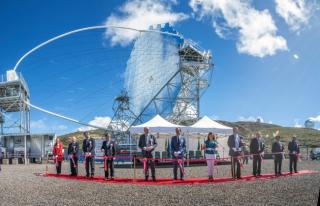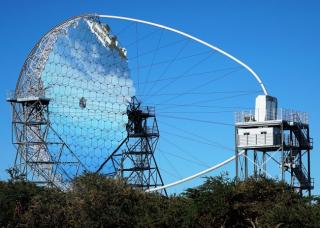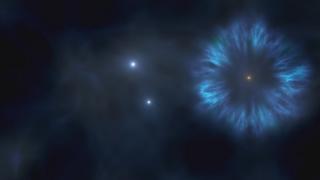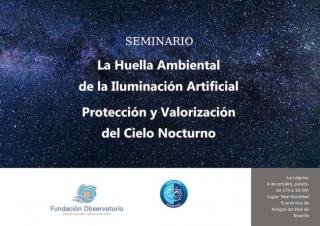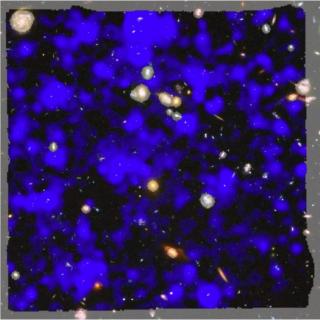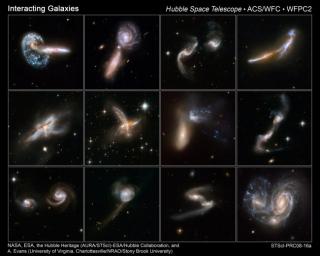
A team at the Instituto de Astrofísica de Canarias (IAC) has discovered a new case of galactic cannibalism in the neighbourhood of the Milky Way, which has caused the merging of two galaxies on the smallest scale so far known.
Advertised on
